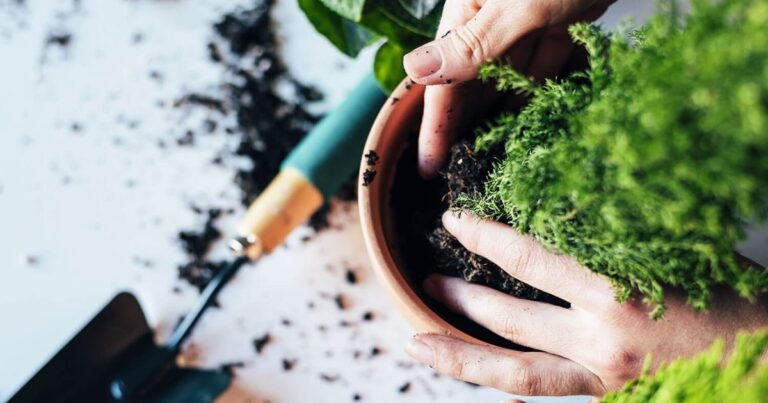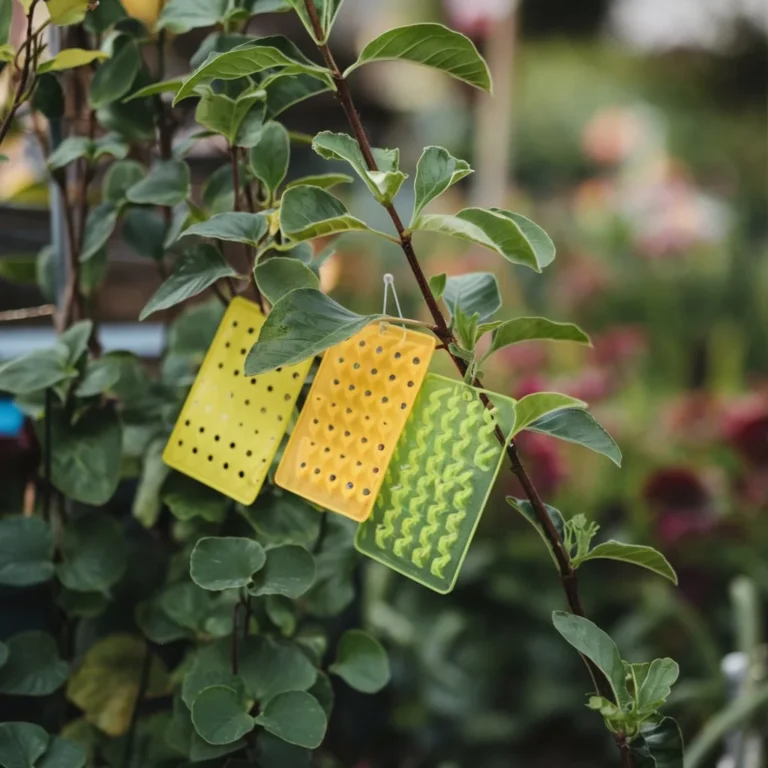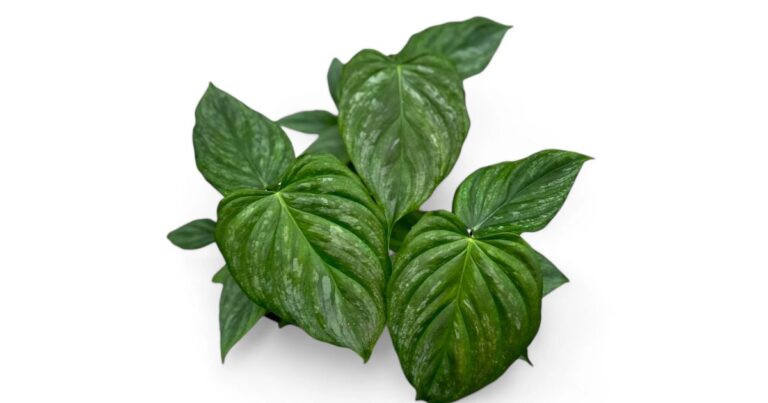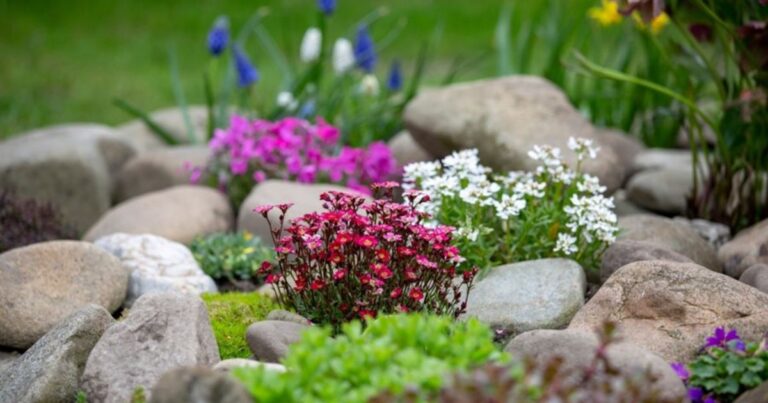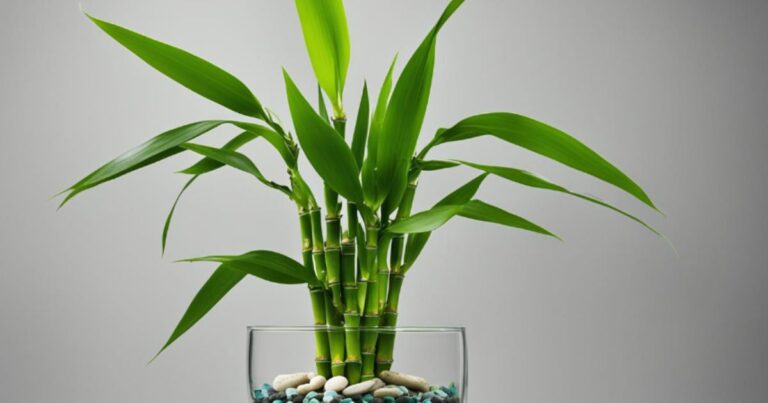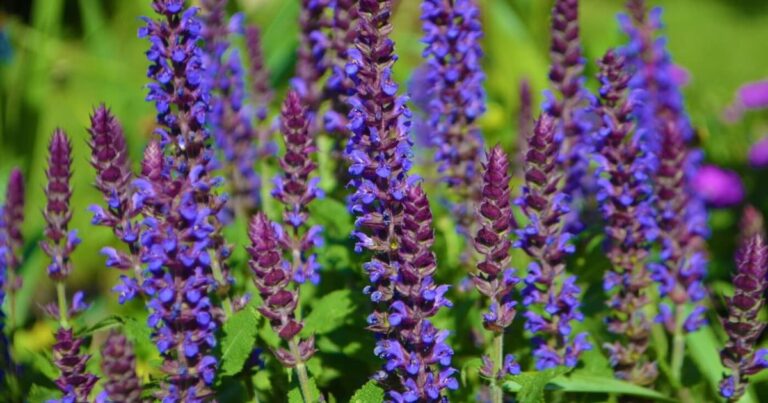Guide About Hoya Surigaoensis Care – Flower Smell, Uses & Benefits
Welcome to the enchanting realm of Hoya Surigaoensis, a plant that not only captivates with its stunning flowers but also offers an array of benefits that enhance our well-being. This unique species, native to the lush landscapes of the Philippines, is more than just a pretty face; it’s a botanical treasure brimming with charm and purpose.
In this guide on Hoya Surigaoensis care, we’ll delve deep into what makes this plant so special, from its delightful scent that can elevate your indoor space to practical uses that extend beyond mere aesthetics.
We explore essential tips for thriving growth, discover fascinating uses for Hoya Surigaoensis, and celebrate the myriad benefits it brings to our lives!
What Is Hoya Surigaoensis Flower?
Hoya surigaoensis is a striking member of the Hoya genus, renowned for its unique aesthetic and botanical rarity. Originating from the lush tropical landscapes of Surigao del Norte in the Philippines, this epiphytic plant showcases an intriguing blend of waxy, succulent leaves and vibrant clusters of star-shaped flowers.
It possesses an enchanting fragrance that mesmerizes anyone fortunate enough to be near it during the blooming season. The flowers often emit sweet, nectar-like scents that attract pollinators while creating a delightful experience for indoor gardeners.
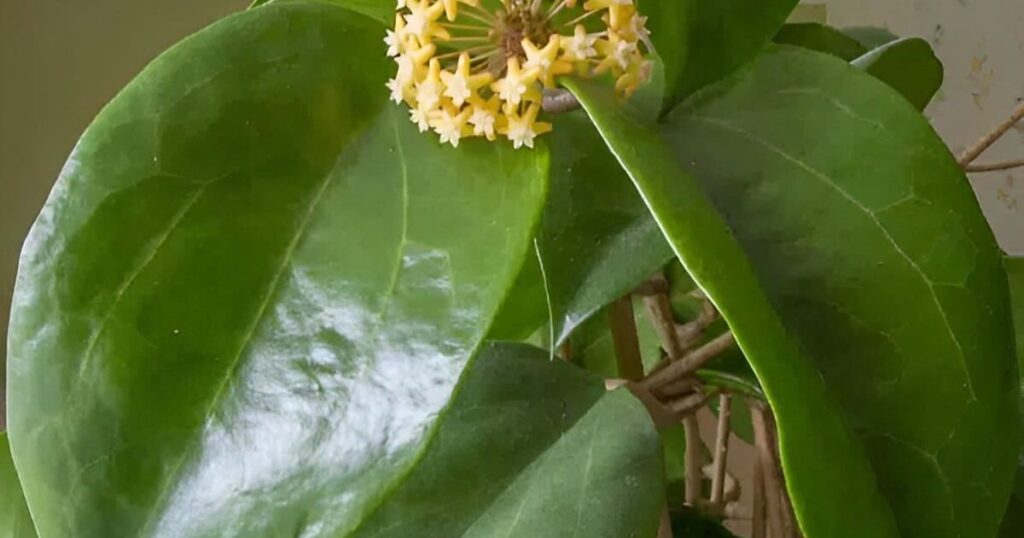
Hoya Surigaoensis Flower Smell
The Hoya surigaoensis, a rare jewel among hoya species, enchants not just with its stunning blooms but also with its captivating fragrance. When the flowers unfurl their delicate petals, they introduce a scent that transports you to sun-drenched tropics and hidden gardens. It’s a unique blend of sweetness and earthiness, reminiscent of honeyed nectar interwoven with subtle hints of citrus.
Unlike some flower fragrances that can be overpowering or cloying, the aroma from Hoya surigaoensis offers an enchanting softness that invites you to lean in closer. The scent is often more pronounced at dusk when the ambient temperatures lower and humidity rises.
Types Of Hoya Surigaoensis
- Hoya Sunrise
- Hoya Lisa
- Hoya Crass Petiolata
- Hoya Nummularioides
Hoya Sunrise
The Hoya Sunrise, known for its vibrant foliage and stunning blossoms, is a plant that brings life to any space. Its leaves transition from deep green to shades of rich yellow and orange when nurtured in the right conditions, evoking the warm hues of dawn. Beyond its aesthetic appeal, this succulent thrives on neglect, making it an ideal choice for both seasoned gardeners and novice plant enthusiasts alike.
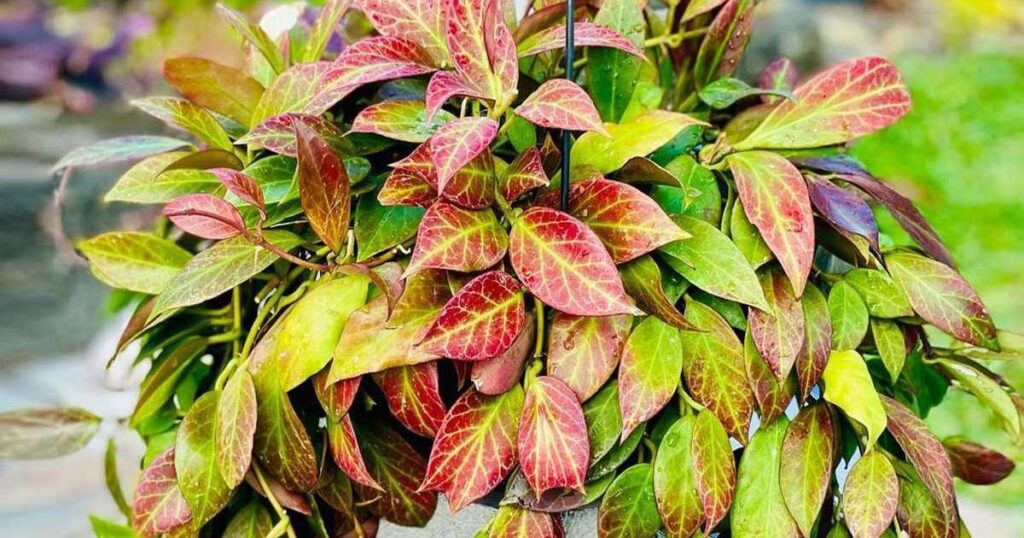
Hoya Lisa
Hoya Lisa, a delightful member of the Hoya plant family, captivates enthusiasts with its striking foliage and unique floral display. Unlike more traditional houseplants, Hoya Lisa showcases a rich tapestry of waxy leaves often adorned in varying shades of green, sometimes highlighted by light marbling.
This particular variety not only thrives indoors but also adapts beautifully to outdoor settings in warmer climates, offering gardeners a chance to blend aesthetics with functionality. The succulent nature of its leaves enables it to retain moisture effectively, making it an ideal choice for those who may not have a green thumb.
Hoya Crass Petiolata
Hoya Crass Petiolata, often referred to as the Hindu Rope Plant, showcases an enchanting blend of waxy foliage and cascading growth that makes it a standout addition to any indoor garden. Unlike its more common Hoya siblings, this particular variety features thick leaves shaped like small hearts, creating an alluring visual that invites touch.
The unique texture of its leaves not only adds a tactile component but also serves as a natural reservoir for moisture, allowing this resilient plant to thrive even in less-than-optimal conditions.
Hoya Nummularioides
Hoya nummularioides, often dubbed the pennywort hoya, captivates plant lovers with its unique coin-shaped leaves that resemble little green discs clustering along elegant vines.
This epiphytic species hails from Southeast Asia, thriving in humid environments where it can cling to trees and bask in filtered sunlight. Its charming foliage is just the beginning; when this hoya blooms, it rewards dedication with clusters of creamy white flowers that emit a delightful fragrance reminiscent of sweet vanilla.
Hoya Surigaoensis Care
Originating from the lush tropical landscapes of Surigao del Norte in the Philippines, this epiphytic plant showcases an intriguing blend of waxy, succulent leaves and vibrant clusters of star-shaped flowers.
It possesses an enchanting fragrance that mesmerizes anyone fortunate enough to be near it during the blooming season. The flowers often emit sweet, nectar-like scents that attract pollinators while creating a delightful experience for indoor gardeners.
But beyond its allure lies an ecosystem story—Hoya surigaoensis plays a crucial role in maintaining biodiversity within its natural habitat. As these plants thrive high among tree branches, they contribute to microclimates that nurture various insects and other plants, underscoring their ecological significance.
With increasing interest in sustainable gardening practices, Hoyas like surigaoensis are becoming popular choices for enthusiasts looking to cultivate unique specimens while promoting native flora conservation efforts.
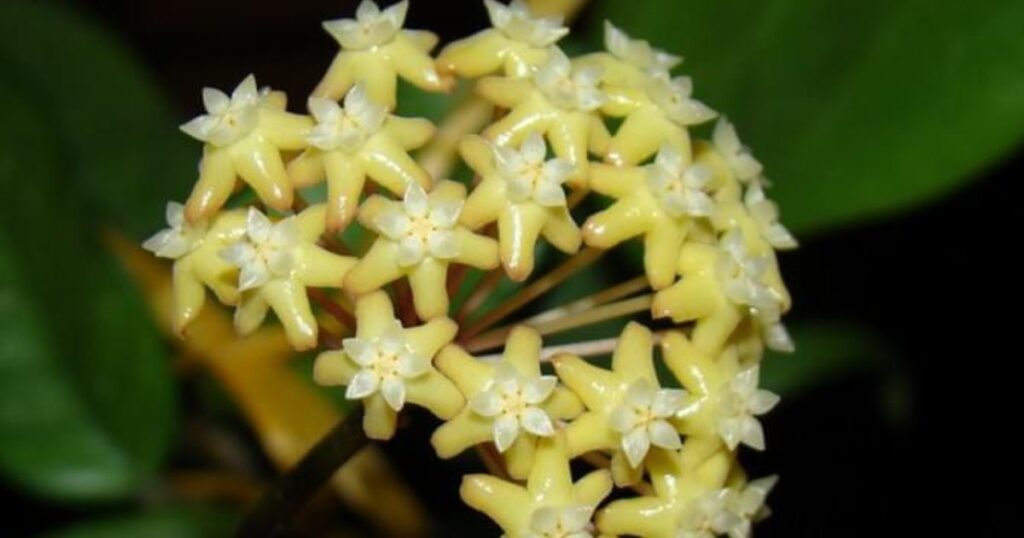
Hoya Surigaoensis Planting
When planting this beauty, it’s essential to replicate its natural habitat for optimal growth. This tropical vine thrives in well-draining, airy potting mixes enriched with organic matter; consider combining coconut coir, perlite, and bark to create an ideal substrate that mimics its native environment in the Philippines.
Light management is crucial for the Hoya surigaoensis. While it loves bright, indirect sunlight, too much intensity can scorch its leaves. A spot near a window filtered by sheer curtains provides just the right balance of light without overwhelming the plant.
Allowing the soil to dry out between waterings will prevent root rot—a common pitfall among new growers—and promote healthier growth.
As your Hoya matures, consider experimenting with trellising or allowing it to cascade from hanging pots; this can enhance its natural beauty while offering support as it climbs toward brighter light sources.
Hoya Surigaoensis Growth
Hoya surigaoensis captivates enthusiasts not just for its striking foliage but also for its unique growth habits. One fascinating aspect of Hoya surigaoensis is its ability to adapt to diverse environments, demonstrating remarkable resilience. While many Hoyas prefer hanging baskets or trellises, Surigaoensis tends to grow more compactly and can flourish as a well-behaved tabletop plant.
With proper care, growers will be rewarded with clusters of star-shaped blooms that exude a sweet fragrance reminiscent of chocolate—a delightful surprise for those who encounter it. As it matures, regular pruning encourages bushier growth while promoting the formation of new flower clusters.
Hoya Surigaoensis Uses And Benefits
- Air Purification: Hoya surigaoensis is known for its ability to purify indoor air by absorbing toxins and releasing fresh oxygen, making it a great addition to your living space.
- Natural Humidifier: This plant releases moisture into the air through transpiration, helping to maintain humidity levels and improving overall indoor air quality, especially in dry environments.
- Decorative Appeal: With its stunning waxy leaves and beautiful star-shaped flowers, Hoya surigaoensis serves as a striking focal point in any home or office, enhancing aesthetic value while promoting wellness.
- Low Maintenance Companion: Ideal for busy individuals or novice gardeners, this hardy plant thrives with minimal care, requiring only indirect light and occasional watering.
- Improves Mental Well-being: Surrounding yourself with greenery has been shown to reduce stress levels; the presence of Hoya surigaoensis can create a calming ambiance that fosters relaxation.
- Biodiversity Supporter: By incorporating native plants like Hoya surigaoensis in your garden or home environment, you contribute to biodiversity preservation and support local ecosystems.
- Medicinal Properties: While research is ongoing, some studies suggest that components of various Hoya species may possess antibacterial properties beneficial for traditional healing practices.
- Inspiration for Creativity: The unique growth patterns and beautiful aesthetics of Hoya surigaoensis can stimulate creativity and inspire artistic ventures among those who cultivate it as part of their decor.
- Indoor Pollinator Attraction: Its fragrant blooms are not only visually appealing but also attract pollinators like bees when grown outdoors; thus playing a small but significant role in ecosystem health.
- Connection to Nature: Growing this plant allows for a deeper connection with nature—even within urban settings—reminding us of the importance of flora biodiversity on our planet’s health.
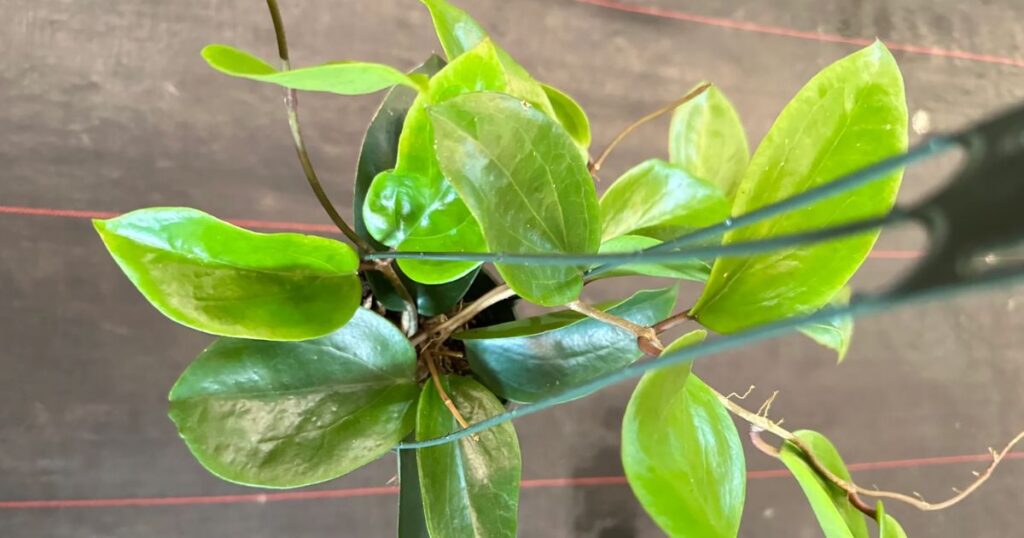
Hoya Surigaoensis Vs Columbine Flower
Its versatility makes it suitable for hanging gardens or as a table centerpiece. The allure of this hoya lies not just in its appearance but also in the delicate ritual of nurturing it to bloom—something that cultivates patience and appreciation among plant enthusiasts.
Columbine flowers evoke a sense of whimsy with their unique shape resembling dancing fairies. These perennial favorites attract pollinators like hummingbirds with their inverted petals and vibrant colors ranging from soft pastels to bold hues.
Conclusion
Hoya Surigaoensis Care can be a rewarding endeavor, not only for its stunning foliage but also for its delightful fragrance and various uses. With the right conditions—adequate light, humidity, and well-draining soil—this unique plant can thrive and bring joy to any space.
Its aromatic flowers add a touch of nature’s beauty and can even contribute to your well-being through their soothing scent. Understanding its potential benefits allows you to appreciate this plant beyond mere aesthetics.


